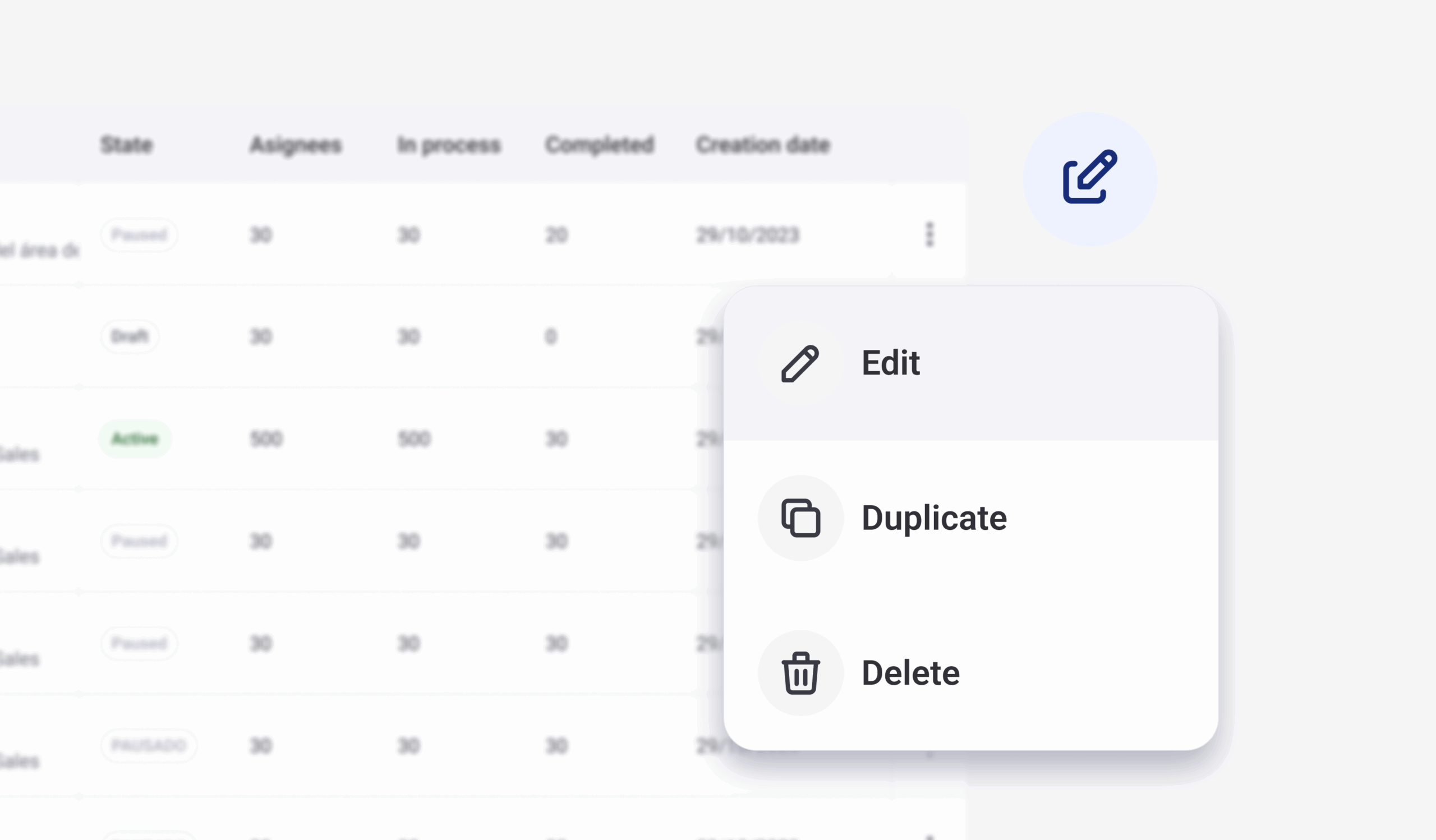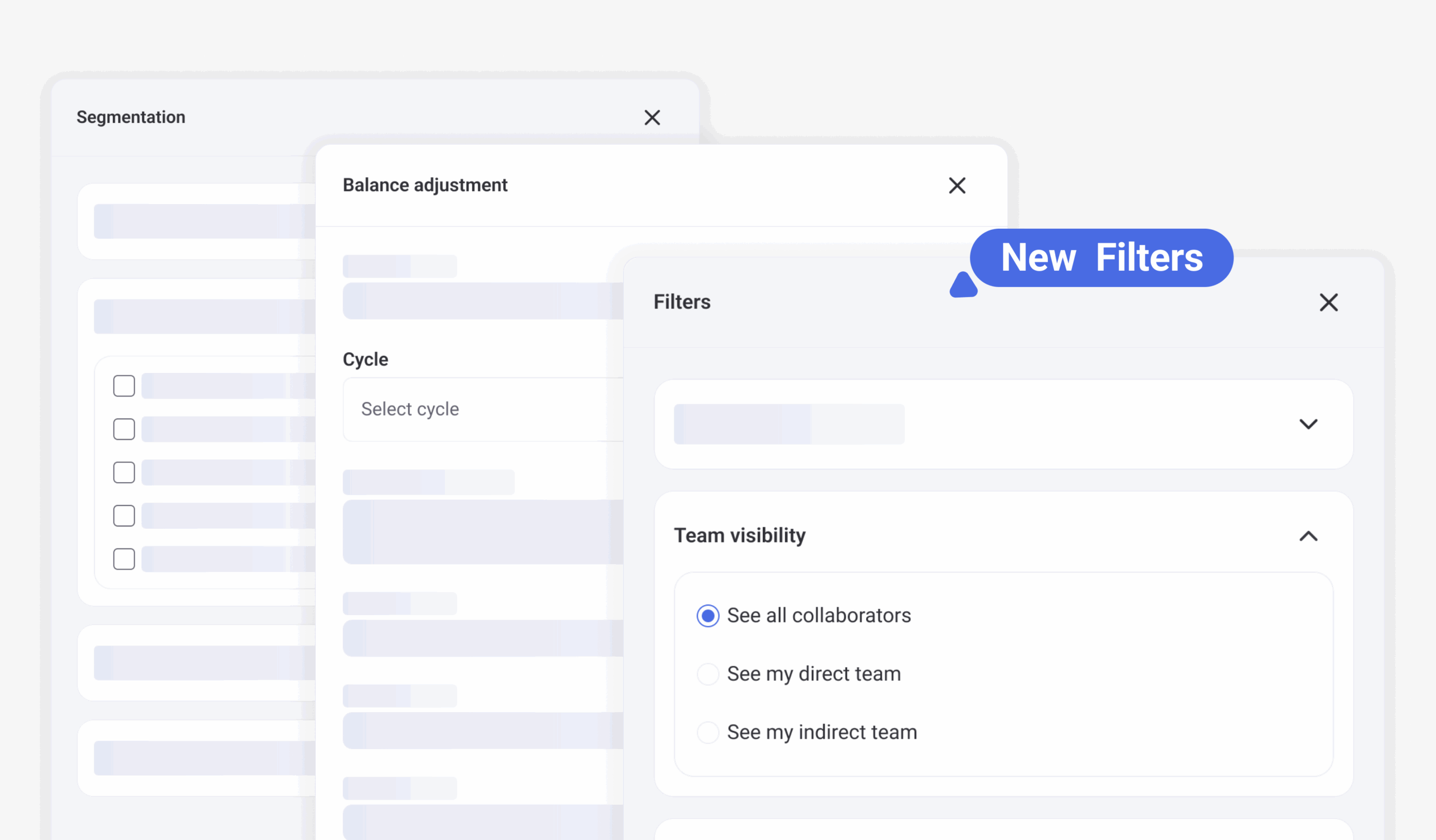Have you ever wondered why some organizations seem to keep their best people for years, while others constantly battle turnover? The secret often lies in one powerful HR metric: employee tenure. Beyond being a number, tenure reveals how deeply people are connected to their company—and how that connection impacts productivity, engagement, and overall success.
In this article, we’ll explore what tenure really means, why it’s essential to business growth, and how HR leaders can leverage it to build high-performing, loyal teams.
What Is Employee Tenure?
Before diving into its benefits, let’s start with the basics: what is tenure?
Tenure definition: in the workplace, tenure refers to the length of time an employee has worked for a company. It measures stability and commitment, showing how long people stay before moving on to new roles or organizations.
When you hear the term “tenured employee”, it means someone who has been with a company long enough to have significant experience, deep institutional knowledge, and a strong sense of belonging.
Definition of tenured employee: a tenured employee is an individual who has accumulated several years of continuous service, often becoming a key contributor to the company’s culture, operations, and performance.
In simple terms, employee tenure meaning equals how long people choose to stay—and how much value they create along the way.
Why Employee Tenure Matters for Business Success
Longer tenure is more than just a retention metric. It’s a sign that your employees feel aligned with your mission and empowered in their roles. Studies consistently show that companies with longer average tenure enjoy higher productivity, stronger morale, and better financial outcomes.
According to Statista, the average tenure of U.S. employees has hovered around 4 years in recent years—showing both stability and a growing challenge for HR leaders who aim to retain top performers.
When employees stay longer:
-
They gain deep understanding of internal systems and customer needs.
-
Teams collaborate more efficiently, with less time spent on training and onboarding.
-
Organizational culture becomes more cohesive and values-driven.
In short, tenure is not just about longevity—it’s about creating a workplace where people thrive long enough to make an impact.
The Benefits of Longer Employee Tenure
1. Higher Retention and Lower Turnover Costs
Every HR professional knows turnover is expensive. Recruiting, hiring, and training new employees take time and resources. When employees stay longer, those costs decrease significantly. Higher tenure means greater continuity and reduced disruption in daily operations.
2. Improved Productivity and Knowledge Retention
A tenured employee doesn’t just know their job—they understand the company’s processes, clients, and challenges. This experience translates into higher efficiency and faster problem-solving. Long-tenured teams also retain critical institutional knowledge, preventing the “reinventing the wheel” effect common in high-turnover environments.
3. Stronger Culture and Employee Engagement
People who stay longer often identify more closely with the company’s mission and values. They contribute to a positive culture, support new hires, and act as informal mentors. Tenure fosters engagement, and engagement, in turn, fuels retention—a virtuous cycle every organization wants.
4. Better Customer Experience
When your employees stay longer, your customers feel it. Long-term staff build stronger relationships, offer consistent service, and handle client challenges more effectively. This trust and familiarity often lead to higher customer satisfaction and loyalty.
5. Greater Innovation and Team Collaboration
Tenure isn’t the opposite of innovation—it’s the foundation for it. When employees feel secure and valued, they’re more likely to share ideas, challenge old ways of thinking, and drive creative solutions. Experienced teams can balance stability with evolution.
Challenges That Come with Employee Tenure
While tenure brings many advantages, it also presents challenges if not managed correctly.
Some long-tenured employees may become complacent, resistant to change, or overly attached to old processes. This can slow innovation and adaptability.
To overcome this, HR leaders should:
-
Encourage continuous learning and skill development.
-
Foster open communication to surface fresh perspectives.
-
Use digital tools that modernize workflows and enhance collaboration.
When paired with a dynamic culture, tenure becomes a strength rather than a stagnation risk.
How to Improve Employee Tenure in Your Organization
Increasing tenure isn’t about asking people to stay—it’s about giving them reasons to stay. Here are four proven strategies:
1. Build a Culture of Recognition and Appreciation
Feeling appreciated is one of the strongest motivators for employee loyalty. Recognize contributions publicly and frequently. Create programs that celebrate milestones and achievements.
👉 Explore more on why recognizing your employees is so important.
2. Offer Learning and Career Growth Opportunities
Tenured employees want to grow, not stagnate. Offering career development programs, mentorship, and clear advancement paths helps employees envision their future within your company.
3. Strengthen Internal Communication and Transparency
Open communication builds trust. When leaders share company goals, updates, and decisions transparently, employees feel valued and aligned. This psychological safety increases tenure naturally.
4. Use HR Technology to Simplify Daily Operations
Complex, outdated processes can frustrate employees and shorten tenure. Modern HR technology, like Humand, simplifies the employee experience by centralizing communication, tasks, and HR processes in one digital space.
With Humand, employees can easily complete internal workflows, access company updates, and connect with peers—no matter where they are. This digital efficiency leads to higher engagement and lower turnover, helping organizations retain their best talent.
Employee Tenure in Numbers: What the Data Says
Employee tenure offers valuable insights into workforce stability. According to Statista, average tenure in the United States varies by industry, age, and job type—ranging from just over one year in high-turnover sectors to more than a decade in others.
For HR professionals, this data underscores one key message: employee tenure is both measurable and manageable. By understanding where your organization stands, you can develop targeted strategies to improve it—whether through culture initiatives, recognition programs, or digital transformation.
Final Thoughts: Building a Workplace Where People Stay and Grow
Employee tenure isn’t a coincidence—it’s a reflection of how well an organization values its people. When companies invest in recognition, growth, and communication, they build environments where employees want to stay, contribute, and succeed.
In today’s competitive talent market, technology plays a crucial role in sustaining long-term engagement. Platforms like Humand empower companies to create connected, transparent, and efficient workplaces that naturally increase employee tenure.
Because when people feel supported, they don’t just work for a company—they grow with it.






